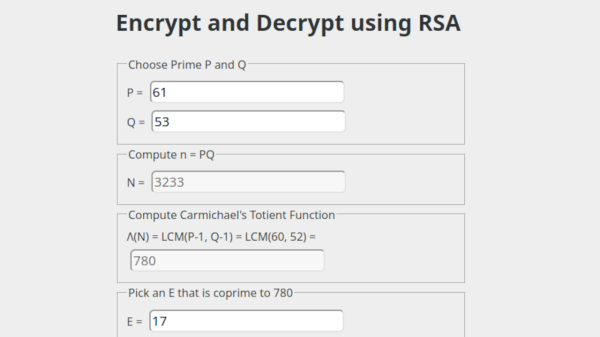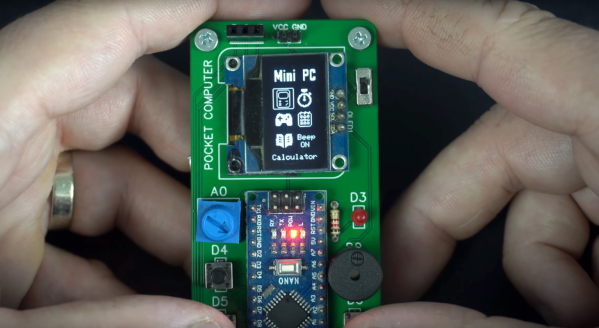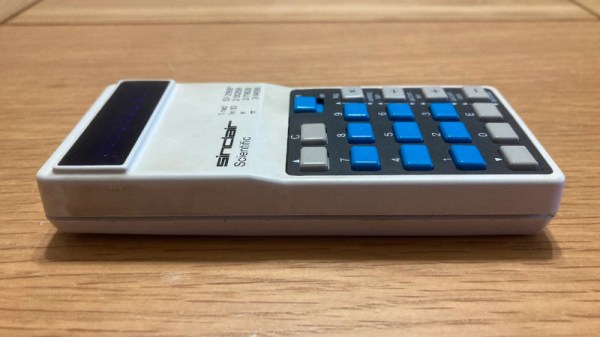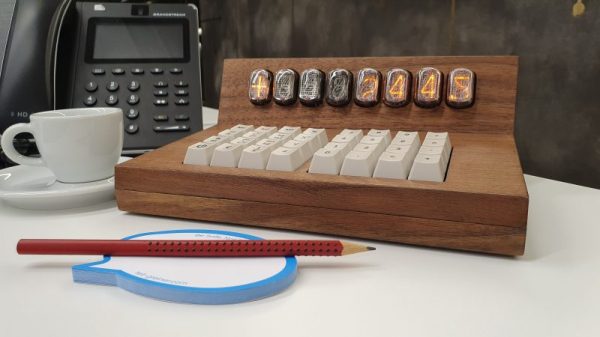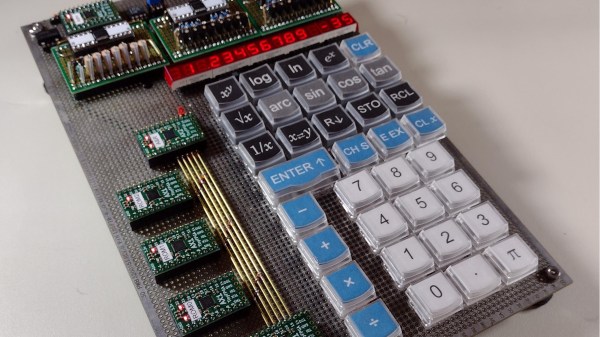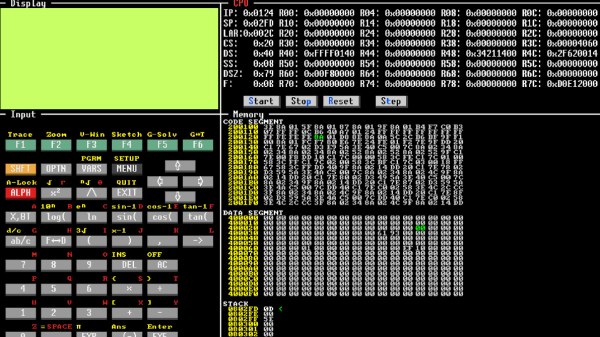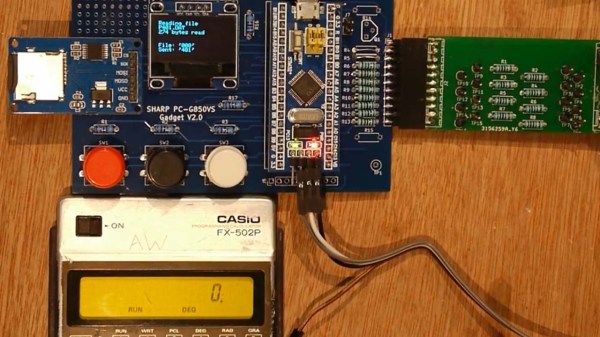Encryption algorithms can be intimidating to approach, what’s with all the math involved. However, once you start digging into them, you can break the math apart into smaller steps, and get a feel of what goes into encryption being the modern-day magic we take for granted. Today, [Henry Schmale] writes to us about his small contribution to making cryptography easier to understand – lifting the veil on the RSA asymmetric encryption technique through an RSA calculator.
With [Henry]’s calculator, you can only encrypt and decrypt a single integer, but you’re able to view each individual step of an RSA calculation as you do so. If you want to understand what makes RSA and other similar algorithms tick, this site is an excellent starting point. Now, this is not something you should use when roll your crypto implementations – as cryptographers say in unison, writing your own crypto from scratch is extremely inadvisable. [Henry] does say that this calculator could be useful for CTF players, for instance, but it’s also undeniably an accessible learning tool for any hacker out there wishing to understand what goes on under the wraps of the libraries we use.
In modern day, cryptography is instrumental to protecting our freedoms, and it’s a joy to see people work towards explaining the algorithms used. The cryptography tools we use day-to-day are also highly valuable targets for governments and intelligence agencies, willing to go to great lengths to subvert our communication security – so it’s even more important that we get acquianted with the tools that protect us. After all, it only takes a piece of paper to encrypt your communications with someone.

